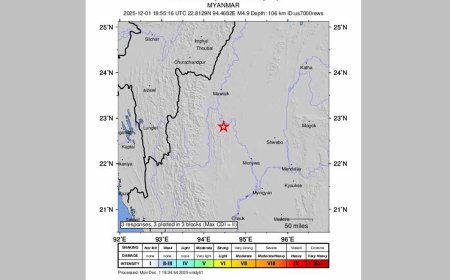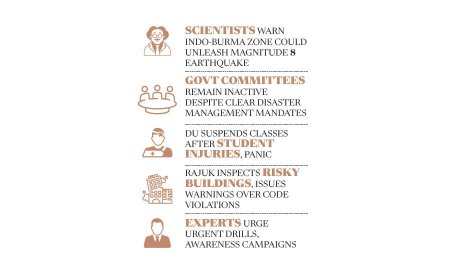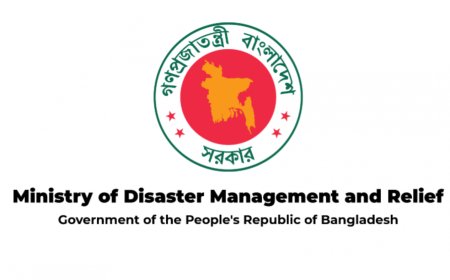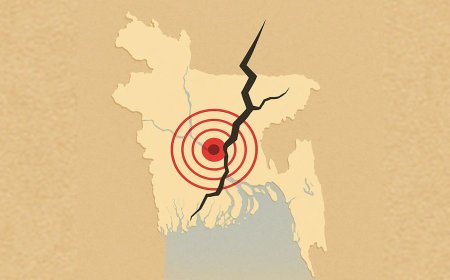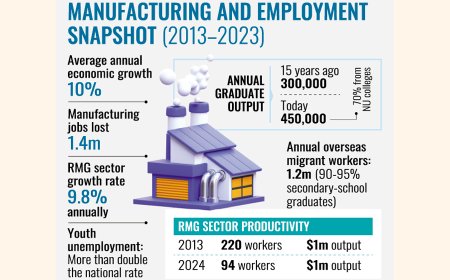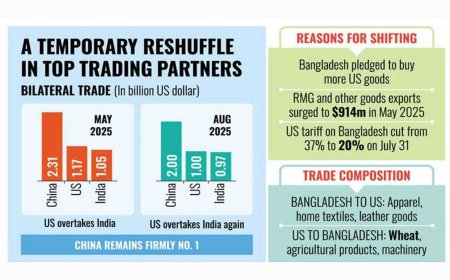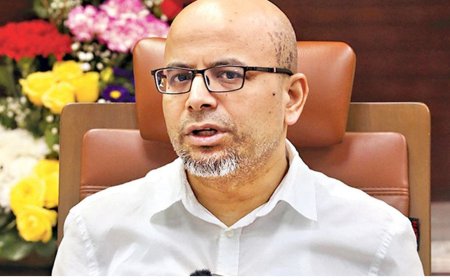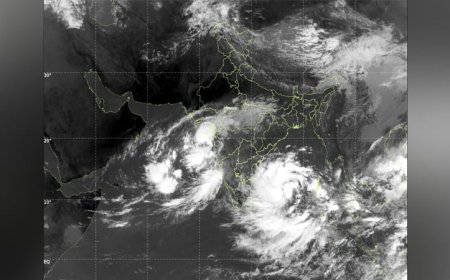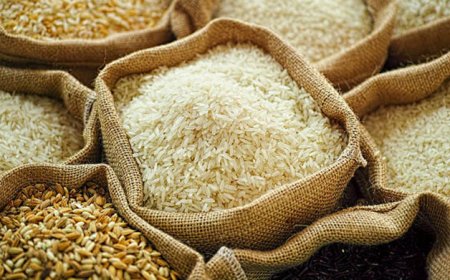Food Prices Still Lead Inflation Despite Recent Easing
Inflation Eases to 9.32% in February 2025, Down from 9.94% in January
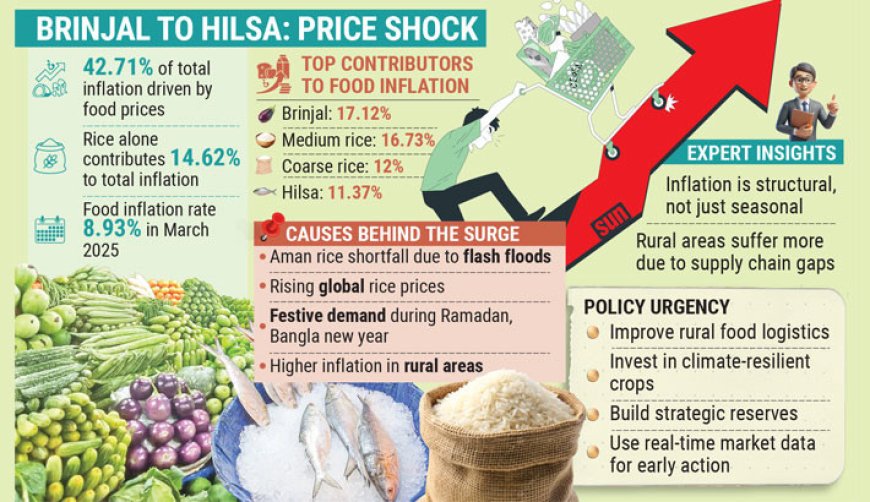
Despite a slight decline in overall inflation, elevated food prices remain the dominant force behind rising living costs, contributing 42.71% to total inflation in March 2025, according to the General Economics Division’s (GED) latest Monthly Economic Update and Outlook: April 2025.
In February 2025, the general inflation rate dropped to 9.32%, down from 9.94% in January—marking the third consecutive month of decline. This decrease was largely driven by a fall in food inflation, which dipped to 9.24% in February from 10.72% the previous month—its first return to single digits in 10 months.
However, food prices continue to exert substantial upward pressure on inflation. Although food inflation slightly eased to 8.93% in March, its contribution to overall inflation remained disproportionately high.
Essential items such as rice, fish, and vegetables were the major contributors. Rice alone accounted for 14.62% of overall inflation and 34.14% of food inflation. Fish and vegetables followed, contributing 27.05% and 14.20% to food inflation, respectively.
Among specific food products, brinjal (17.12%), medium rice (16.73%), coarse rice (12%), and hilsa (11.37%) stood out as leading drivers of price increases in March.
Experts caution that the continued dominance of food prices in the inflation basket points to underlying structural problems.
Mustafa K Mujeri, executive director of the Institute for Inclusive Finance and Development (InM) and former chief economist of Bangladesh Bank, emphasized that the current inflationary trend goes beyond seasonal fluctuations.
“It reflects deep-rooted vulnerabilities in the food supply chain, especially in rural areas,” he said. “Our reliance on volatile commodities like rice and fish, without effective policy buffers or market alternatives, severely limits our ability to control inflation.”
GED’s findings echo these concerns, highlighting that inflation is particularly severe in rural regions, where poor infrastructure, inadequate logistics, and limited dietary diversity leave communities more exposed to price volatility.
Worsening the situation is a continued erosion of real incomes. For 39 consecutive months, wage growth has lagged behind inflation. In March, wages rose just 8.15%, compared to an inflation rate of 9.35%. In 2024, average annual inflation stood at 10.33%, while wage growth reached only 7.94%.
Last year, food inflation hit a 16-year high of 14.10%, placing additional financial pressure on households and driving many into hardship.
Both GED and independent experts stress the need for urgent policy action. Suggested measures include strengthening rural supply chains for perishables, investing in climate-resilient rice varieties, boosting local grain reserves through domestic procurement, and developing real-time market monitoring systems to track inflation trends.
“Inflation is no longer just a monetary issue,” Mujeri noted. “It is now deeply connected to food security, climate resilience, and global market dynamics. Without a coordinated, cross-sectoral strategy, price instability will continue to weigh heavily on millions of lives.”
What's Your Reaction?










